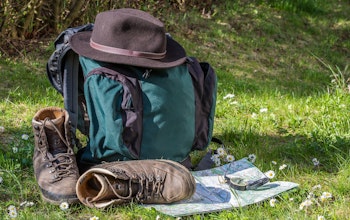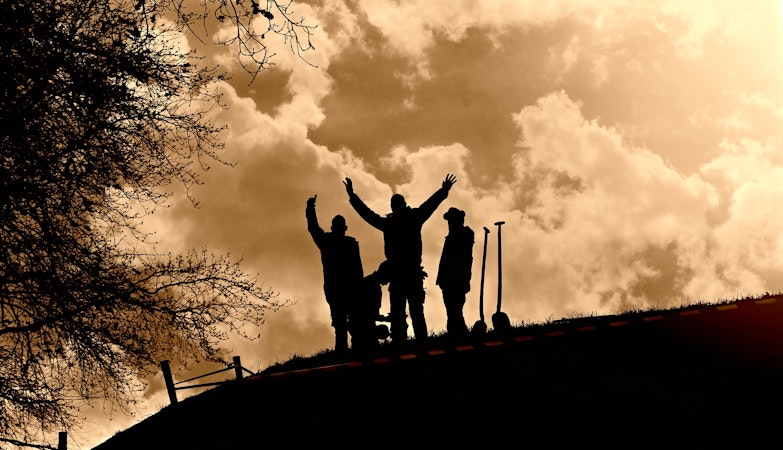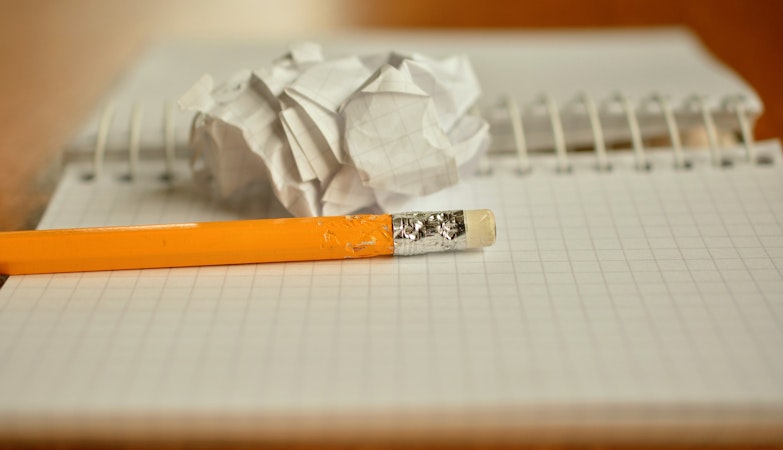Distributed as a public service by Live Free, USA
An Overview of Why Personal Preparedness Is Important Today and the Various Levels of Preparedness Needed to Survive Common Emergencies and Future
Introduction
If you are reading this, you have already become concerned about future events and have begun to take responsibility for your own survival and that of your family. You may be alarmed at the increasing number, variety and severity of “disaster” thought the world and particularly in the United States. This is not your imagination. Things are getting more dangerous and the infrastructure and the emergency services are starting to breakdown. One disaster often contributes to another. Who can doubt that the immense costs of the 9/11 attack and hurricane Katrina contributed to the economic collapse. The shrinking economy reduces funds for infrastructure improvements, safety, emergency services and police; this then sets us up for further attacks and disaster. The eventual result of these combined and multiplying manmade and natural disasters must be a general world collapse some time in the next twenty to one-hundred-years.
The immediate mission for the responsible citizen is to prepare to survive increasingly severe and lengthy emergencies with less and less outside help. Since these events will strike closer and closer to every family and economic conditions will become more and more challenging, it is imperative that people begin an energetic and systematic program to increase their emergency preparedness and long-term self-reliance while they still can do so. Furthermore, the children and grandchildren of today must be reoriented from passive dependence to active self-reliance through preparedness training and the acquisition of basic survival skills. Here are just a few of the scientifically calculated situation that are already in progress as you read this article:
- As the population outpaces resources, basic necessities such as water, food, and fuel will become scarce. At first the famines, droughts, epidemics, wars and massacres will ravage the third-world countries, then it will spread around the world.
- Increased population densities combined with economic decline will mean that floods, earthquakes and storms will cause astronomical death and destruction that will not be recoverable.
- The combination of economic decline and growing populations will result in the collapse of infrastructure and public services in many (if not all) urban a suburban areas. The failure of water supplies, electrical service, sewer systems, fire and police protection will make crime, riots, and epidemics more and more common.
- The combination of less and less farm-land and shifting climates will ultimately lead to conflicts over food and water sources that could lead to wars.
- International travel, population densities and possible biological experimentation probably will lead to one or more world-wide epidemics that will kill hundred of millions some time in the next few decades. Many scientist calculate that while the population may double or triple by the middle of this century, it will end at pre-1950 levels after starvation, war, epidemics and other events have reestablish a balanced system.
- All of these factors will empower international crime cartels whose “street gang” solders are already in our streets. Desperate people will be easy recruits for extremists and terrorists. In reaction, there will be great temptations to establish marshal-law, suspend basic liberties and even establish dictatorial governments.
- Exactly how these events will unfold, when they will occur and how they will effect you is impossible to predict, some of these events will strike you and your families in the forcible future. While there is not much you can do to prevent these complex combinations of man-made and natural disasters, there is much you can do to increase your chances of surviving them and retaining your personal freedoms and values through these challenging times. Never has the future depended more on what you do today.
The first step to survival is to assess your current situation and level of preparation against what you truly need to survive anticipated emergencies. Having done that, you can then start improving your situation in an organized and scheduled manner. To aid in this process we will establish six levels of preparedness starting with “zero”.
“Level Zero”
Planning to be a victim
The individual or family prefers not to think about “bad things” and has no plans or means for surviving even a “normal” emergency. These folks are totally depended on the political, economic system for every day-to-day necessity of life. Any disruption will panic them. They are highly likely to be a burden on public services (if they exist) and/or turn violent under sever emergencies. They are a danger to their neighbors and the community and will probably not survive long into a true catastrophic event. Unfortunately this classification describes a significant portion of the urban population.
“Level One”
Essential
Even a casual concern for your own safety should put you here! You have a good flashlight, candles, a first aid kit, a few days of food on the shelves, a few gallons of water stashed away and you have given some thought to what you would do in emergencies such as: extended power outages, water supply interruptions, home invasion, fires, etc.. It’s not much, but it’s a start. If you are lucky you will get through a few short-term situations, but if you don’t improve, you are going to be in real trouble at some point in the next few years.
“Level Two”
Basic
At this level, you are making a conscious effort to prepare for common, short-term emergencies. You have put up at least 5-gallons of water per person and have a 5-10 day supply of food on hand. You have invested in several LED flashlights and lanterns and have a crank powered emergency radio. You also have at least one good fire extinguisher and probably a firearm. You may have a first aid manual and/or “how to survive” book. This is the minimum level for any responsible citizen.
“Level Three”
Responsible & Ready
This is where everyone needs to be ASAP! At this level you should get through most “normal” emergencies and have a good chance to survive many serious and longer-term disasters. You will not be a burden to your community and may be able to help others. In addition to your “level two” supplies you will have a 30-day food and water supply. You have a small 72-houre survival pack capable of supplying essential food, water, shelter and first-aid for a few days on the road. You may have a generator and fuel to run basics (e.g. sump pump, freezer etc.) for 3-6 days and a safe portable indoor heater. You have the ability to purify water, cook food, put out fires and treat minor injuries, and dispose of bodily waste without help.
“Level Four”
Advanced
This level will make it possible to ride-out (at home) or escape from (evacuate) many serious disasters. In addition to your “level two and three” supplies, you have a fully equipped evacuation pack or “bug-out-bag” capable of sustaining and sheltering you for an extended time. You now have a variety of weapons for home defense, self-defense and hunting. You have a number of survival books and have at least basic first aid and other survival related training. You may also have acquired training and equipment to cope with nuclear, biological and chemical hazards. You will have made detailed plans for your own evacuation and may have established safe locations and caches of emergency supplies along that rout. At this level you should be involved with community emergency response organizations and/or preparedness clubs in your area.
“Level Five”
Self-Reliant
This goes beyond preparedness and moves towards a more self-reliant lifestyle. While the previous levels involved putting away resources from the existing sources for a future need, this level implies being able to generate and use essential supplies from the environment over a long period. At the extreme it can involve moving to a remote location and establishing a “retreat” with its’ own power supply, gardens, water source, etc. This may be impractical for most people, but everyone can achieve at least partial self-reliance. Adding rain barrels, wood stoves, vegetable gardens, solar panels or windmills can vastly improve your long-term survival chances. Developing skill that can be used to supply essentials such as hunting, fishing, sewing, metal working and carpentry. Put away tools and supplies that can be used as trade goods. This will put you in position to survive and even thrive during hard times.
Conclusion
While no-one likes to think about a future of dangers and challenges, an open minded look at current events and recent history leads to the inescapable conclusion that humanity is entering a perfect storm of combined economic, natural and man-made disasters. No amount of preparedness can guarantee ones survival under every conceivable situation, but a systematic and continuous effort to increase ones material, mental and psychological capacity to survive will greatly reduce the chances of serious, injury, lose and death. The future survival and freedom of good and responsible citizens and their children is dependent on their efforts to become better prepared and more self-reliant.









